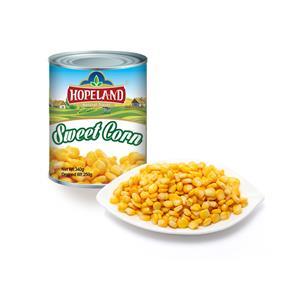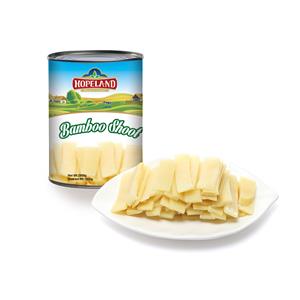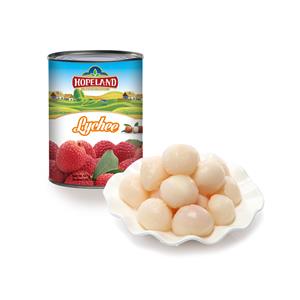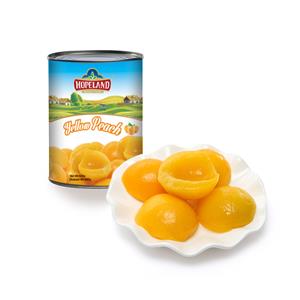What Are the 4 Main Forms of Canned Pineapple?
Pineapple is one of the most beloved tropical fruits, and canned pineapple makes it available year-round with consistent quality and convenience. Whether you're a home cook, food manufacturer, or wholesale buyer, understanding the different forms of canned pineapple—Pieces, Tidbits, Slices, and Chunks—can help you choose the right product for your needs.
In this comprehensive guide, we’ll explore:
1. The differences between these four pineapple cuts
2. Best uses for each type (cooking, baking, snacking, etc.)
3. Nutritional benefits of canned pineapple
4. How to select the best canned pineapple for your needs
1. What Are the 4 Main Forms of Canned Pineapple?
Canned pineapple is processed into different shapes and sizes to suit various culinary applications. Here’s a breakdown of the four most common forms:
A. Pineapple Pieces
Description: Small, irregularly cut pineapple bits (about 1–2 cm in size).
- Texture: Soft but holds shape well.
- Best Uses:
- Baking (cakes, muffins, upside-down cake)
- Fruit salads
- Yogurt & smoothie bowls
- Ice cream toppings
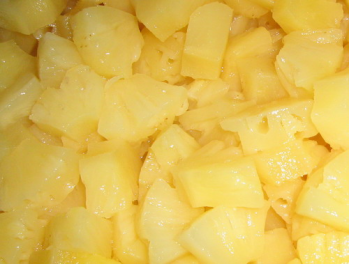
B. Pineapple Tidbits
- Description: Tiny, uniform cubes (usually 0.5–1 cm).
- Texture: Very tender, almost melt-in-your-mouth.
- Best Uses:
- Desserts (jellies, trifles)
- Cocktails & mocktails
- Baby food & fruit purees
- Salad garnishes

C. Pineapple Slices
- Description: Whole circular slices (with or without the core).
- Texture: Firm yet juicy.
- Best Uses:
- Grilling or caramelizing
- Pizza toppings (Hawaiian pizza)
- Decorative fruit platters
- Sandwiches & burgers
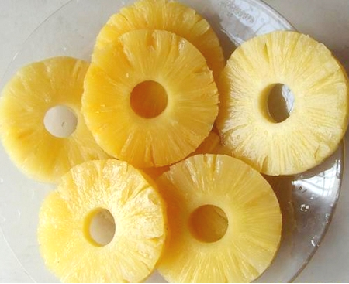
D. Pineapple Chunks
- Description: Larger, uniform cubes (about 2–3 cm).
- Texture: Meaty with a slight chew.
- Best Uses:
- Stir-fries (sweet & sour dishes)
- Kebabs & BBQ skewers
- Tropical salsas
- Canned fruit cocktails

2. How Are These Pineapple Forms Processed?
The canning process ensures long shelf life while preserving taste and nutrients:
1. Peeling & Coring – Pineapples are mechanically peeled, and the tough core is removed.
2. Cutting–Depending on the final product, they are diced (tidbits), sliced, or cubed (chunks).
3. Packing–The pineapple is packed in juice, syrup, or water.
4. Heat Treatment–The cans are sealed and pasteurized to maintain freshness.
3. Nutritional Benefits of Canned Pineapple
Despite being canned, pineapple retains most of its nutrients:
Manganese – Essential for bone health.
Bromelain – A digestive enzyme that aids protein breakdown.
Fiber – Promotes gut health.
Note: Opt for pineapple in juice (not syrup) to reduce added sugar.
4. Creative Ways to Use Canned Pineapple
A. Sweet Recipes
1. Pineapple Upside-Down Cake (using slices)
2. Tropical Smoothie Bowl (tidbits + coconut flakes)
3. Pineapple Jam (pieces cooked down with sugar)
B. Savory Dishes
Hawaiian Pizza(slices or chunks)
Sweet & Sour Chicken (chunks)
Pineapple Salsa (tidbits + jalapeños)
C. Beverages
- Piña Colada (blended tidbits)
- Pineapple Iced Tea(juice from canned pineapple)
5. Buying Tips: How to Choose the Best Canned Pineapple
1. Check the Liquid – Juice-packed is healthier than syrup.
2. No Added Preservatives – Look for "100% pineapple" labels.
3. BPA-Free Cans – Some brands use safer linings.
4. Country of Origin – Thailand, Philippines, and Costa Rica are top producers.
6. Conclusion: Which Form Wins?
Each pineapple cut has unique advantages:
Need presentation? → Slices
Baking or salads?→ Pieces
Quick snacks? → Tidbits
Cooking? → Chunks
Canned pineapple is a versatile, nutritious, and shelf-stable ingredient that deserves a spot in every pantry. Whether you're making a quick snack or an elaborate dish, there’s a perfect pineapple cut for your needs!

